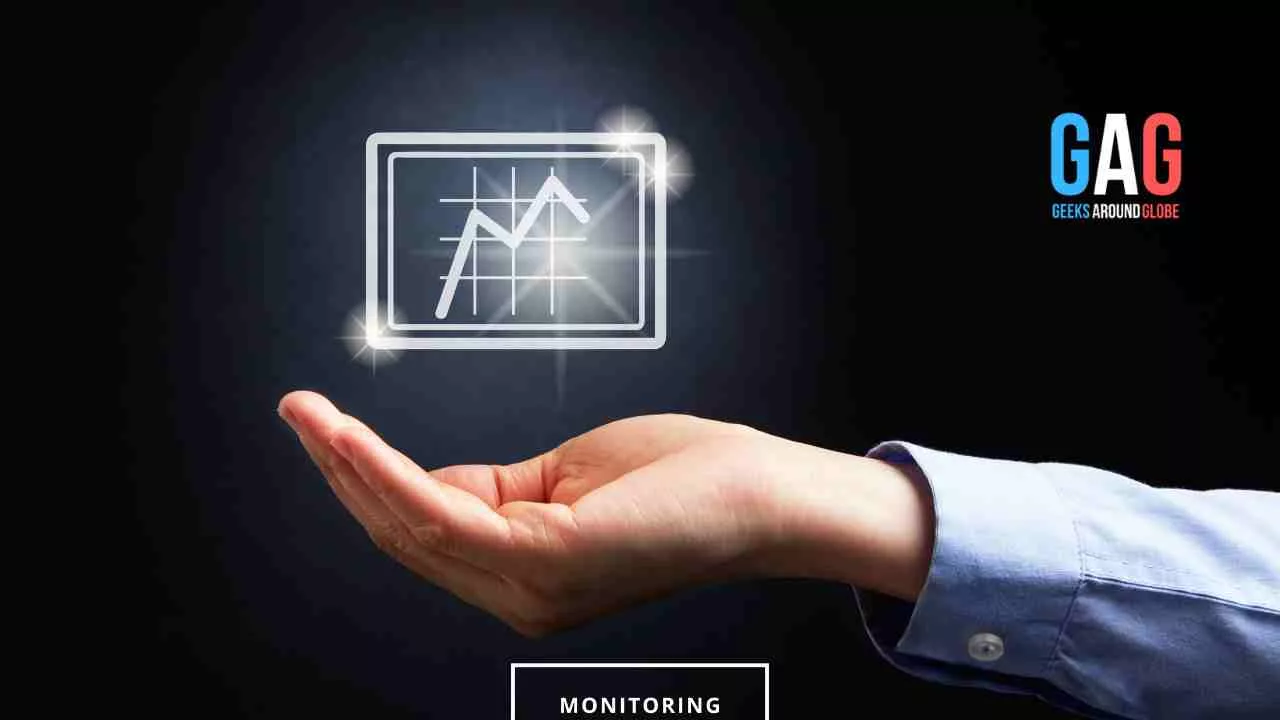
Customers are impacted when software has issues, which ultimately has an impact on the business. As a result, teams must have a method to swiftly identify the source of issues and resolve them.
This is where observability and monitoring come in.
Monitoring and observability are two techniques to find the root of a problem.
Observability can tell you what’s occurring, why it’s happening, and how to remedy it, whereas monitoring only alerts you when something is wrong.
In today’s article, let’s take a look at observability vs monitoring and how they differ.
Monitoring: An Introduction
Monitoring means keeping track of how a system or program is working. Two uses for monitoring are available.
Trend analysis is the primary use. Monitoring data is used in trend analysis to identify long-term patterns. In the case of software, this can entail monitoring any changes in performance over time.
Planning for the capacity of infrastructure can benefit from trend research. For instance, firms frequently monitor storage utilization to determine when they need to deploy additional resources to prevent running out of storage space.
Event detection is the secondary use. A monitoring system will frequently have alert capabilities that can notify an administrator of faults, security issues, or other potential problems.
Automated monitoring and alerting are crucial for maintaining the health of applications and infrastructure because it is unreasonable to assume an administrator can detect every potential problem in real time.
Observability: An Introduction
The technique for evaluating the performance and health of IT capabilities is observability. It functions by gathering information from several sources, including metrics, logs, and traces, and uses that information to determine the system’s general performance and health with the aim of delivering an improved user experience.
The basis of observability is control theory, which broadly holds that a system can be understood by looking at its inputs and results. Therefore, choosing which situations to observe in order to arrive at a useful assessment is the key to making observability effective.
Although the assessments that result can be complex, they typically are more detailed and concentrate on the various components that build an application or distributed system. In reality, root cause analysis tools frequently employ observability methodologies.
What’s the Difference between Monitoring and Observability?
The distinction between monitoring and observability comes down to whether or not data taken from a system is predefined.
A monitoring solution gathers and examines preset data obtained from various systems while observability collects all the data generated by all systems.
IT specialists use dashboards, which are used by the majority of monitoring solutions, to show performance indicators and detect or resolve IT issues. These dashboards only display performance abnormalities or issues your team may anticipate.
Because security threats are frequently unanticipated and multifaceted, it is difficult for monitoring teams to keep a watch on cloud-native sophisticated apps and cloud environments.
Contrarily, observability uses logs, traces, and measurements gathered throughout the whole IT infrastructure to warn IT staff of potential issues in advance and help them with system debugging.
Observability is a key component of the Zero Trust security architecture, providing the understanding of user behavior and usage required to safeguard your systems from illegal access. Regular logging gives you insights into all irregularities in your system, not just those affecting performance or health.







